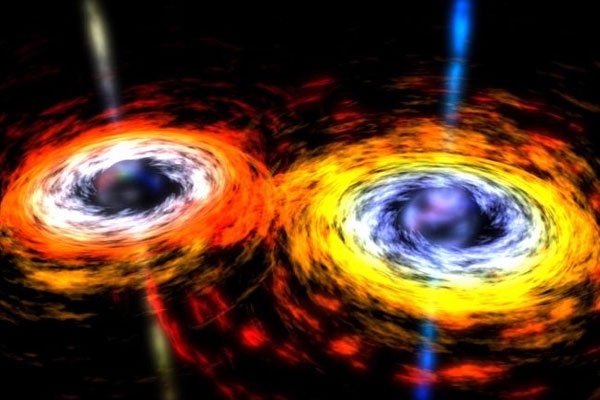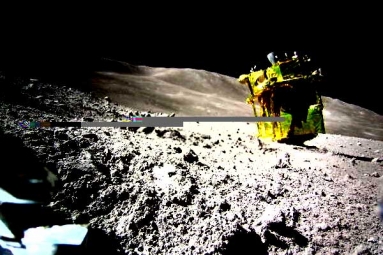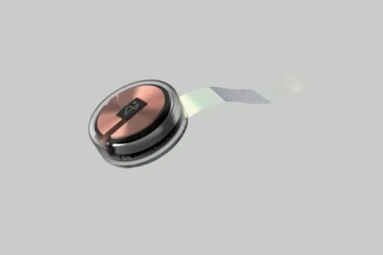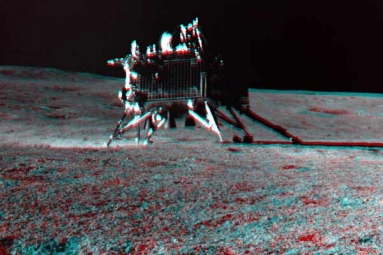
Astronomers have found a supermassive black hole in the center of a giant elliptical galaxy, which is 660 million times greater than the Sun.
Using high-resolution data from the Atacama Large Millimetre/submillimetre Array (ALMA) in Chile. Researchers from the University of California, Irvine (UCI) and colleagues derived a highly precise measurement of the mass of the black hole.
The scientist could determine the speed of a disk of cold molecular gas and dust orbiting the black hole at the heart of galaxy NGC 1332.
They have calculated the massive black hole's mass to be at least 660 million times greater than that of the Sun. Scientists said that this was one of the most accurate measurements for the mass of a central black hole of a galaxy.
"This is the first time that ALMA has probed the orbital motion of cold molecular gas well inside the gravitational sphere of influence of a supermassive black hole," said Aaron Barth from UCI.
Aaron Barth from UCI said that they were directly viewing the region, where the cold gas was responding to the black hole’s gravitational pull.
He also said that to calculate the mass of a black hole of such a massive mass, researchers should calculate the speed of a particular orbit orbiting around it.
Barth said that for an accurate measurement, they need to zoom in very center of the galaxy, where the gravitational pull of the black hole is the dominant force. He added ALMA was a fantastic tool for carrying out observations.
ALMA can observe dense, clod clouds of gas and dust which does not emit any light, but they glow brightly at different wavelengths.
Scientist observed the NGC 1332 which is a giant elliptical galaxy, in the southern sky about 73 million light years away from the Earth.
These Elliptical galaxies are known for containing massive central black holes.
About one in 10 elliptical galaxies contain disks of cold molecular gas and dust that orbit their centres, scientists said.
ALMA can observe radio-wavelength light emitted by molecules in these structures.
The findings were published in the Astrophysical Journal Letters.
More than two trillion galaxies in Universe
AMandeep







